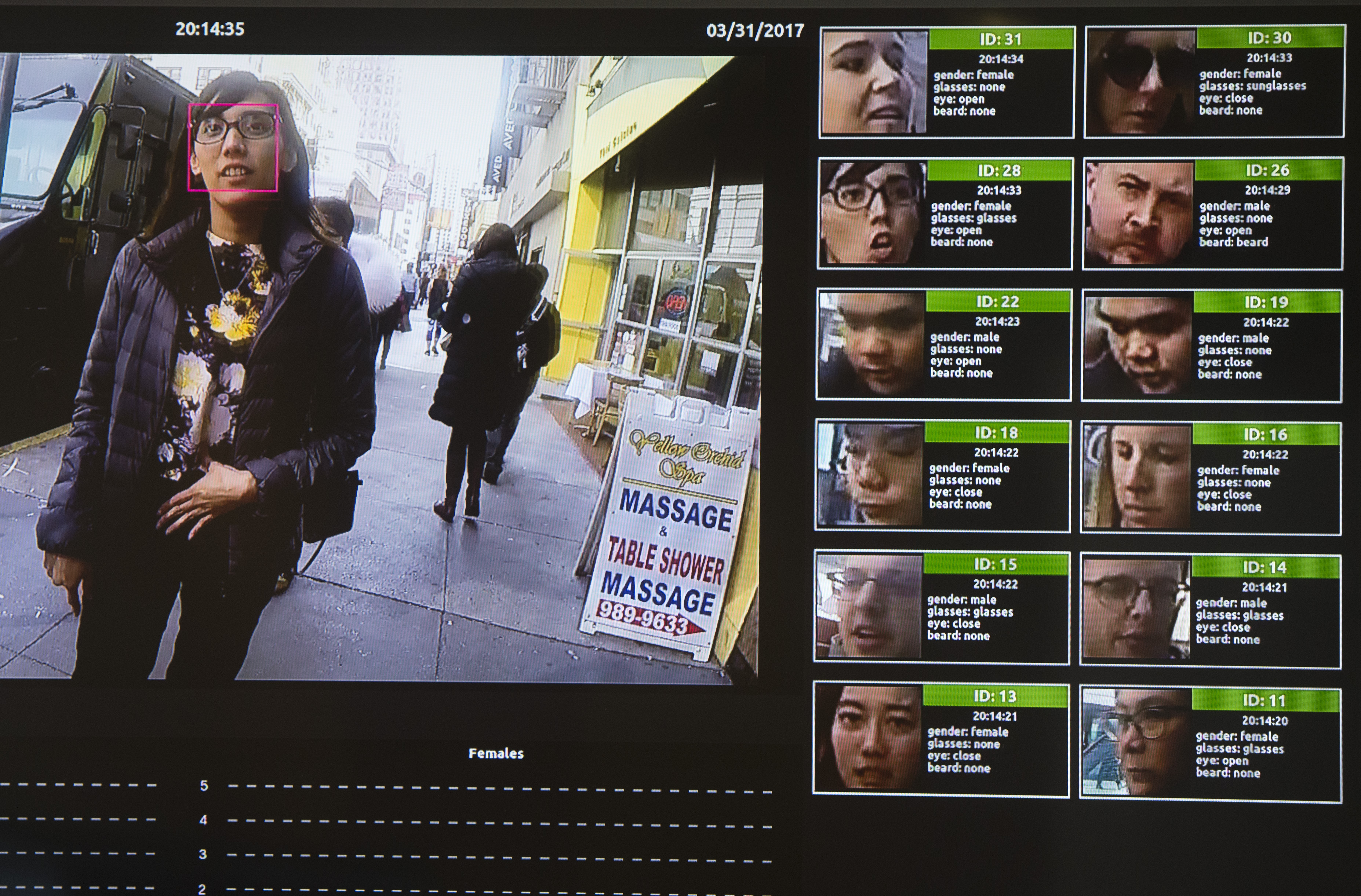Facial recognition was key in identifying US shooting suspect
Photo: () | ©AFP
Washington (AFP) – Facial recognition technology, which has drawn criticism from civil liberties activists in recent years, was used to identify the suspect in Thursday’s newsroom shooting which left five dead in Annapolis, Maryland.
Police said suspect Jarrod Ramos, who had a prior arrest record, had refused to cooperate with authorities after he was taken into custody and that his fingerprints could not immediately be identified.
“We would have been much longer in identifying him and being able to push forward in the investigation without that system,” said Anne Arundel County police chief Timothy Altomare.
“It was a huge win for us last night and thus, for the citizens of Anne Arundel County.”
As facial recognition use has grown for applications in law enforcement, border security and for commercial purposes, activists have warned of privacy risks for databases which are largely unregulated.
The Maryland Department of Public Safety and Correctional Services has had a facial recognition database since 2011 which has never been audited, according to a 2016 report by the Georgetown University Center on Privacy & Technology.
The report noted that Maryland’s database has some seven million images from drivers’ license images and three million from “known offenders,” and can also search the FBI “mug shot” database of 24.9 million.
Facial recognition is also used to unlock the new iPhone X and can be incorporated into payment technology — the so-called “smile to pay” system.
Yet privacy activists warn that facial recognition could be used for warrantless surveillance and that the technology is still imperfect, with errors considerably higher for people of color and women.
Some point to China’s use of facial recognition to identify dissidents and even jaywalkers, in some cases displaying photos of offenders on electronic billboards.
Revelations that US tech giant Amazon was working with law enforcement on its face recognition system called Rekognition sparked protests and petitions to halt those efforts.
But dozens of other tech firms including Microsoft and Facebook also use facial recognition technology, which relies on algorithms which scan a person’s face to match against images in other databases. Google for example uses it to help people find family and friends in their picture libraries.
According to the Georgetown report, Maryland’s system uses NEC and Cognitec face recognition algorithms.
The Georgetown study found nearly one in two American adults are in a facial recognition database and that few agencies have meaningful protections to prevent the misuse of the technology.
Disclaimer: This story has not been edited by Siliconeer and is published from a syndicated feed. Siliconeer does not assume any liability for the above story. Validity of the above story is for 7 Days from original date of publishing. Content copyright AFP.


